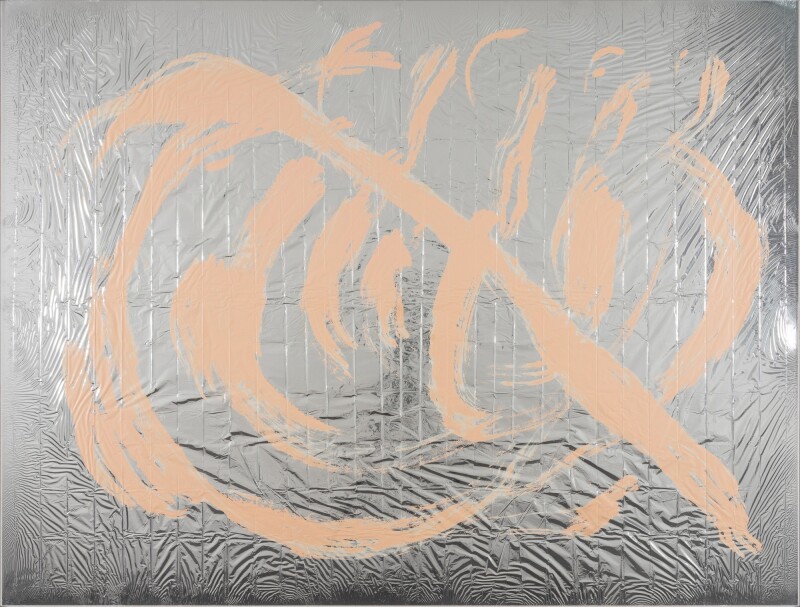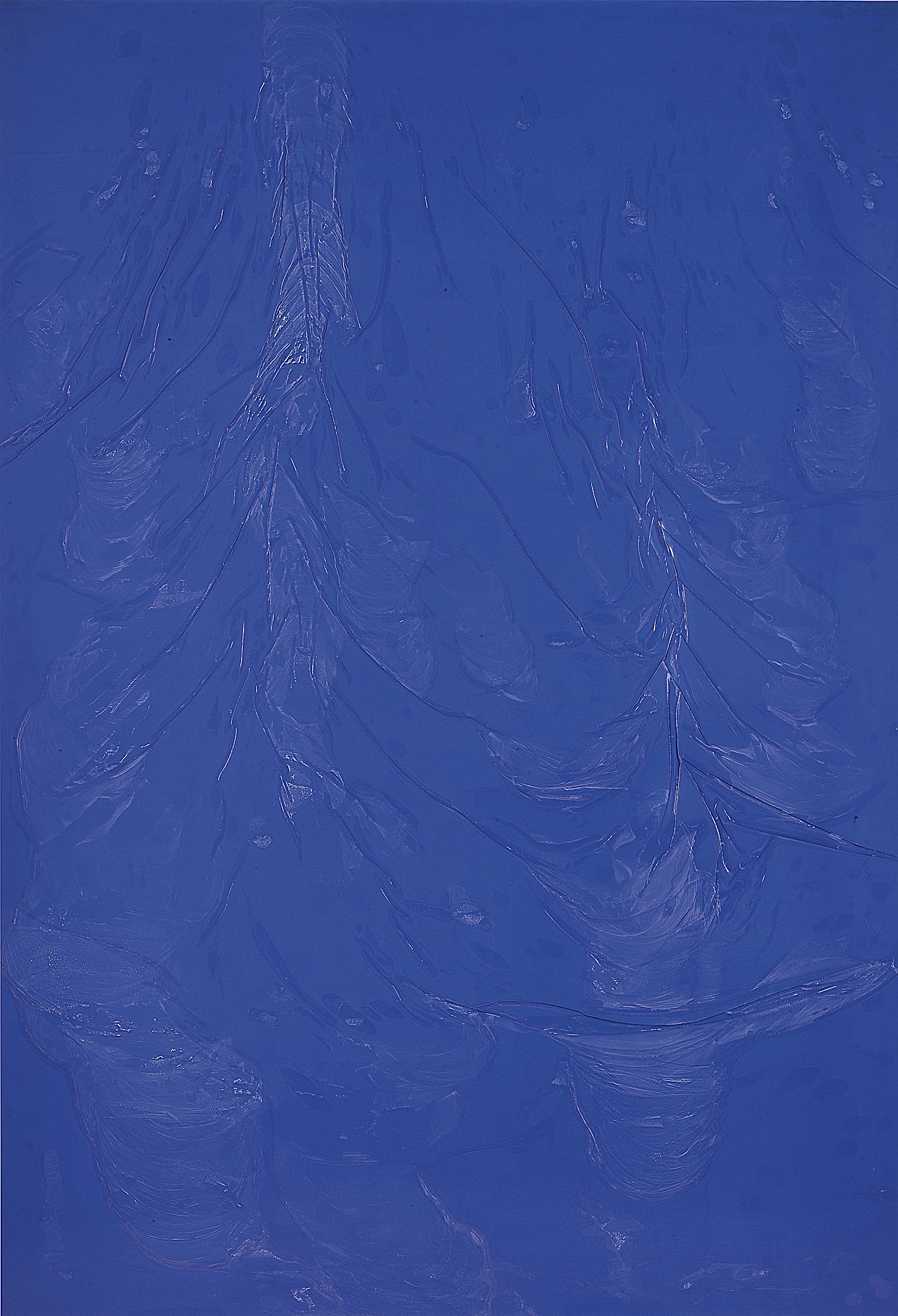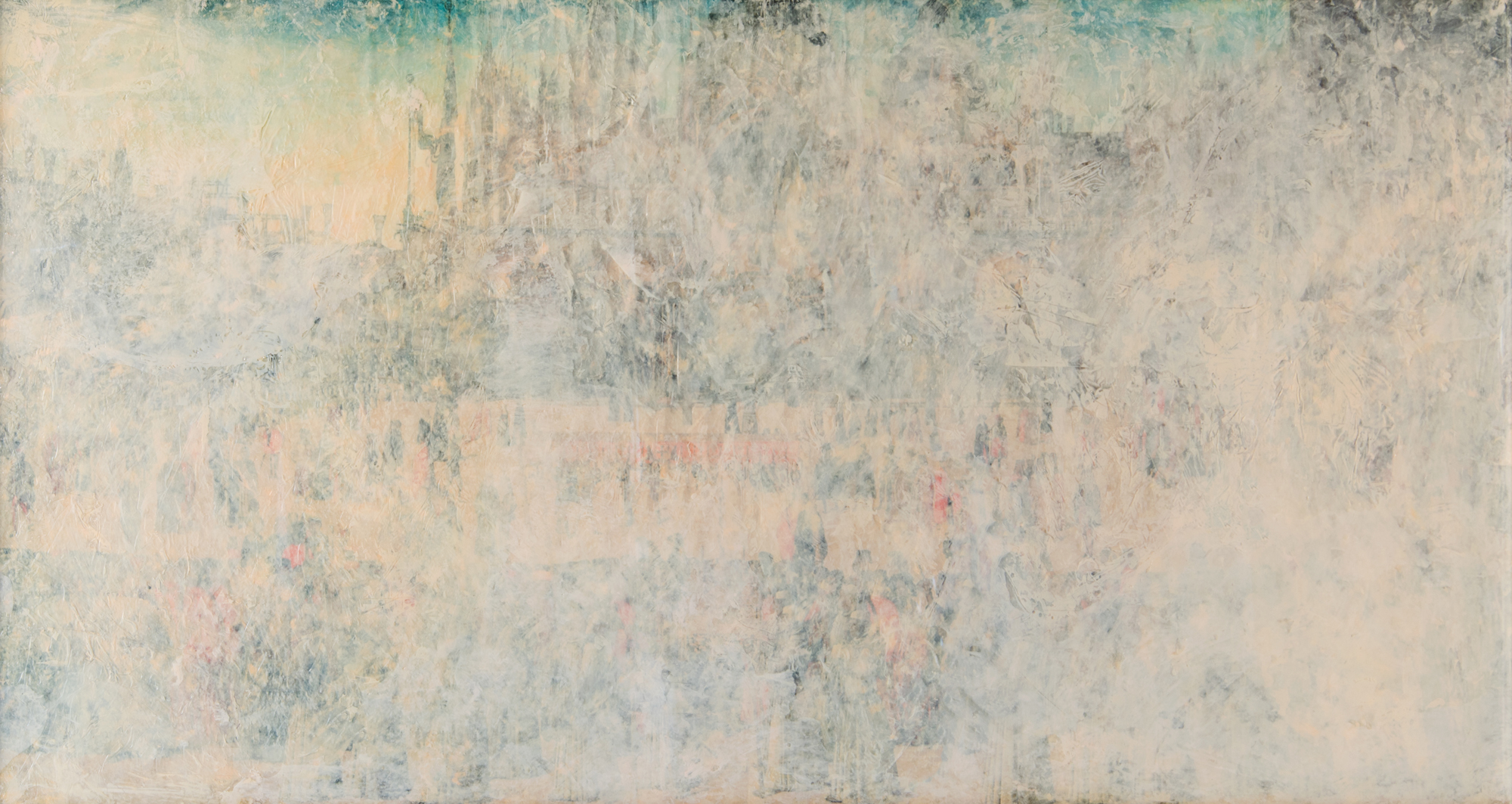For Pamela Rosenkranz, all painting, sculpture, installation and performance is linked to a great deal of research work touching upon the fields of neuroscience, medicine, marketing, philosophy, and even religion. Soon after finishing her studies in comparative literature at the University of Zurich in 2005 and her master’s at the Bern University of the Arts in 2010, Rosenkranz became interested in the idea of human identity and perception. Similarly to the Californian group Light and Space, and to conceptual minimalism, she experiments with colour, light and space, studying not only the body’s biological reactions to these stimuli, but also the way capitalist society uses them to increase the human need for consumption. And similarly to speculative realism’s conceptual line, she challenges our representations of reality, often in an ironic and playful way.
Her exhibitions—at Manifesta and at the Berlin Biennale in 2008, at Art Basel Statements and at the Switzerland Institute in Venice in 2009, as well as at the Centre d’art contemporain de Genève for her first solo exhibition in 2010—present plays of mirrors and truncated reflections (Nothing Unbound, 2009), investigations of the body’s medium, its surface, the skin (Our Sun, 2009), and tensions between mental perception and its physical transposition in space (No Core, 2010).
Like Untouched by Man (2010) and This Is Not the Colour of My skin (2011)—presented in 2011 at the Swiss Institute in New York—the series Because They Tried to Bore Holes in My Greatest and Most Beautiful Work and Creation, Deterioration, Conservation challenge the notion of subjectivity and materiality in the digital era. Working from digital prints of famous paintings (Yves Klein’s monochromes and the Procession in St. Mark’s Square by Gentile Bellini), Rosenkranz enters into dialogue with striking figures from the history of art, shifting the viewer’s attention away from the work’s symbolic content, towards its material elements: its size, texture, surface, colours and chemical composition—all apparently devoid of meaning. Thus she limits the work’s transcendent aspect and recalls how much this relies on its materiality.
Pamela Rosenkranz lives and works in Zurich. In 2015, she was invited to represent Switzerland at the Venice Biennale.
Her exhibitions—at Manifesta and at the Berlin Biennale in 2008, at Art Basel Statements and at the Switzerland Institute in Venice in 2009, as well as at the Centre d’art contemporain de Genève for her first solo exhibition in 2010—present plays of mirrors and truncated reflections (Nothing Unbound, 2009), investigations of the body’s medium, its surface, the skin (Our Sun, 2009), and tensions between mental perception and its physical transposition in space (No Core, 2010).
Like Untouched by Man (2010) and This Is Not the Colour of My skin (2011)—presented in 2011 at the Swiss Institute in New York—the series Because They Tried to Bore Holes in My Greatest and Most Beautiful Work and Creation, Deterioration, Conservation challenge the notion of subjectivity and materiality in the digital era. Working from digital prints of famous paintings (Yves Klein’s monochromes and the Procession in St. Mark’s Square by Gentile Bellini), Rosenkranz enters into dialogue with striking figures from the history of art, shifting the viewer’s attention away from the work’s symbolic content, towards its material elements: its size, texture, surface, colours and chemical composition—all apparently devoid of meaning. Thus she limits the work’s transcendent aspect and recalls how much this relies on its materiality.
Pamela Rosenkranz lives and works in Zurich. In 2015, she was invited to represent Switzerland at the Venice Biennale.


